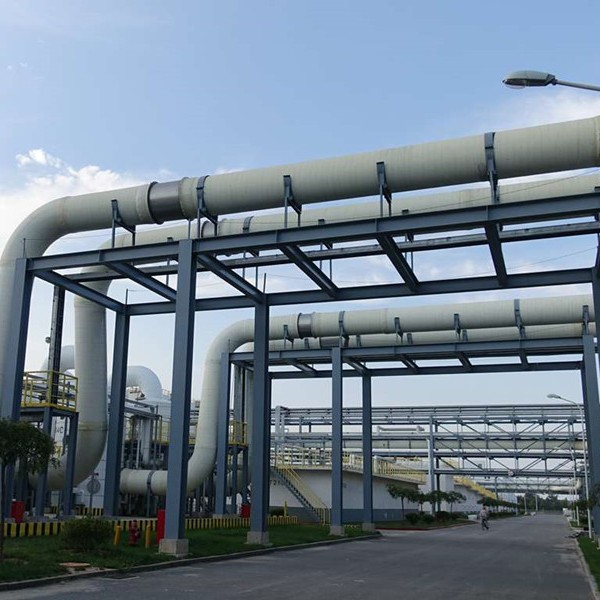
-
 Afrikaans
Afrikaans -
 Albanian
Albanian -
 Amharic
Amharic -
 Arabic
Arabic -
 Armenian
Armenian -
 Azerbaijani
Azerbaijani -
 Basque
Basque -
 Belarusian
Belarusian -
 Bengali
Bengali -
 Bosnian
Bosnian -
 Bulgarian
Bulgarian -
 Catalan
Catalan -
 Cebuano
Cebuano -
 China
China -
 China (Taiwan)
China (Taiwan) -
 Corsican
Corsican -
 Croatian
Croatian -
 Czech
Czech -
 Danish
Danish -
 Dutch
Dutch -
 English
English -
 Esperanto
Esperanto -
 Estonian
Estonian -
 Finnish
Finnish -
 French
French -
 Frisian
Frisian -
 Galician
Galician -
 Georgian
Georgian -
 German
German -
 Greek
Greek -
 Gujarati
Gujarati -
 Haitian Creole
Haitian Creole -
 hausa
hausa -
 hawaiian
hawaiian -
 Hebrew
Hebrew -
 Hindi
Hindi -
 Miao
Miao -
 Hungarian
Hungarian -
 Icelandic
Icelandic -
 igbo
igbo -
 Indonesian
Indonesian -
 irish
irish -
 Italian
Italian -
 Japanese
Japanese -
 Javanese
Javanese -
 Kannada
Kannada -
 kazakh
kazakh -
 Khmer
Khmer -
 Rwandese
Rwandese -
 Korean
Korean -
 Kurdish
Kurdish -
 Kyrgyz
Kyrgyz -
 Lao
Lao -
 Latin
Latin -
 Latvian
Latvian -
 Lithuanian
Lithuanian -
 Luxembourgish
Luxembourgish -
 Macedonian
Macedonian -
 Malgashi
Malgashi -
 Malay
Malay -
 Malayalam
Malayalam -
 Maltese
Maltese -
 Maori
Maori -
 Marathi
Marathi -
 Mongolian
Mongolian -
 Myanmar
Myanmar -
 Nepali
Nepali -
 Norwegian
Norwegian -
 Norwegian
Norwegian -
 Occitan
Occitan -
 Pashto
Pashto -
 Persian
Persian -
 Polish
Polish -
 Portuguese
Portuguese -
 Punjabi
Punjabi -
 Romanian
Romanian -
 Russian
Russian -
 Samoan
Samoan -
 Scottish Gaelic
Scottish Gaelic -
 Serbian
Serbian -
 Sesotho
Sesotho -
 Shona
Shona -
 Sindhi
Sindhi -
 Sinhala
Sinhala -
 Slovak
Slovak -
 Slovenian
Slovenian -
 Somali
Somali -
 Spanish
Spanish -
 Sundanese
Sundanese -
 Swahili
Swahili -
 Swedish
Swedish -
 Tagalog
Tagalog -
 Tajik
Tajik -
 Tamil
Tamil -
 Tatar
Tatar -
 Telugu
Telugu -
 Thai
Thai -
 Turkish
Turkish -
 Turkmen
Turkmen -
 Ukrainian
Ukrainian -
 Urdu
Urdu -
 Uighur
Uighur -
 Uzbek
Uzbek -
 Vietnamese
Vietnamese -
 Welsh
Welsh -
 Bantu
Bantu -
 Yiddish
Yiddish -
 Yoruba
Yoruba -
 Zulu
Zulu
Innovative Applications of Fiberglass Settlers in Water Treatment Systems
Understanding Fiberglass Settlers A Comprehensive Overview
Fiberglass settlers are an essential component in various water treatment processes, renowned for their efficiency and durability. These devices are primarily utilized in industrial effluent treatment and municipal wastewater management, playing a pivotal role in the separation and removal of suspended solids and contaminants from water.
What are Fiberglass Settlers?
Fiberglass settlers, often made from reinforced plastic materials, are designed to promote the settling of solids within a liquid medium. Their construction typically involves a series of inclined plates or troughs, which enhance the settling process by increasing the surface area available for sedimentation. The lightweight nature of fiberglass allows for easy installation and reduced transport costs, making these settlers an attractive option for many water treatment facilities.
How Do They Work?
The functionality of fiberglass settlers relies on the principle of gravity. As the wastewater flows into the settler, the suspended particles experience a decrease in velocity due to the incline of the plates. This reduced velocity enables the solids to settle to the bottom of the unit, where they can be collected and removed. The design also facilitates the gradual move of the clarified water to the top, where it can be further treated or discharged.
Advantages of Fiberglass Settlers
fiberglass settler

One of the significant advantages of fiberglass settlers is their resistance to corrosion. Traditional metal settlers can suffer from rust and degradation over time, leading to increased maintenance costs and reduced efficiency. In contrast, fiberglass settlers provide excellent chemical resistance, enabling them to withstand harsh industrial environments.
Moreover, fiberglass settlers are relatively low-maintenance due to their smooth surfaces, which reduce the buildup of contaminants. This feature not only enhances operational efficiency but also prolongs the lifespan of the equipment. Additionally, fiberglass is lightweight, making installation and potential relocation more manageable and less costly.
Applications in Water Treatment
Fiberglass settlers are commonly used in various sectors, including municipal wastewater treatment, mining, food processing, and petrochemical industries. Their ability to effectively separate solids from liquids makes them invaluable in ensuring the quality of effluent before it is released back into the environment, thus adhering to regulatory standards.
Conclusion
As industries continue to prioritize sustainability and environmental responsibility, the role of fiberglass settlers in water treatment processes becomes increasingly critical. With their numerous advantages—such as corrosion resistance, low maintenance, and effective solid-liquid separation—fiberglass settlers are positioned to contribute significantly to modern water treatment solutions. Their ongoing development and adoption will be crucial for achieving efficient resource management and meeting global clean water goals.
Latest news
-
Exploring the Benefits of Top Hammer Drifter Rods for Enhanced Drilling PerformanceNewsJun.10,2025
-
High-Precision Fiberglass Winding Machine for GRP/FRP Pipe Production – Reliable & Efficient SolutionsNewsJun.10,2025
-
FRP Pipes & Fittings for Shipbuilding - Corrosion-Resistant & LightweightNewsJun.09,2025
-
Premium FRP Flooring Solutions Durable & Slip-ResistantNewsJun.09,2025
-
Premium Fiberglass Rectangular Tanks Durable & Lightweight SolutionNewsJun.09,2025
-
Tapered Drill String Design Guide Durable Performance & UsesNewsJun.09,2025









